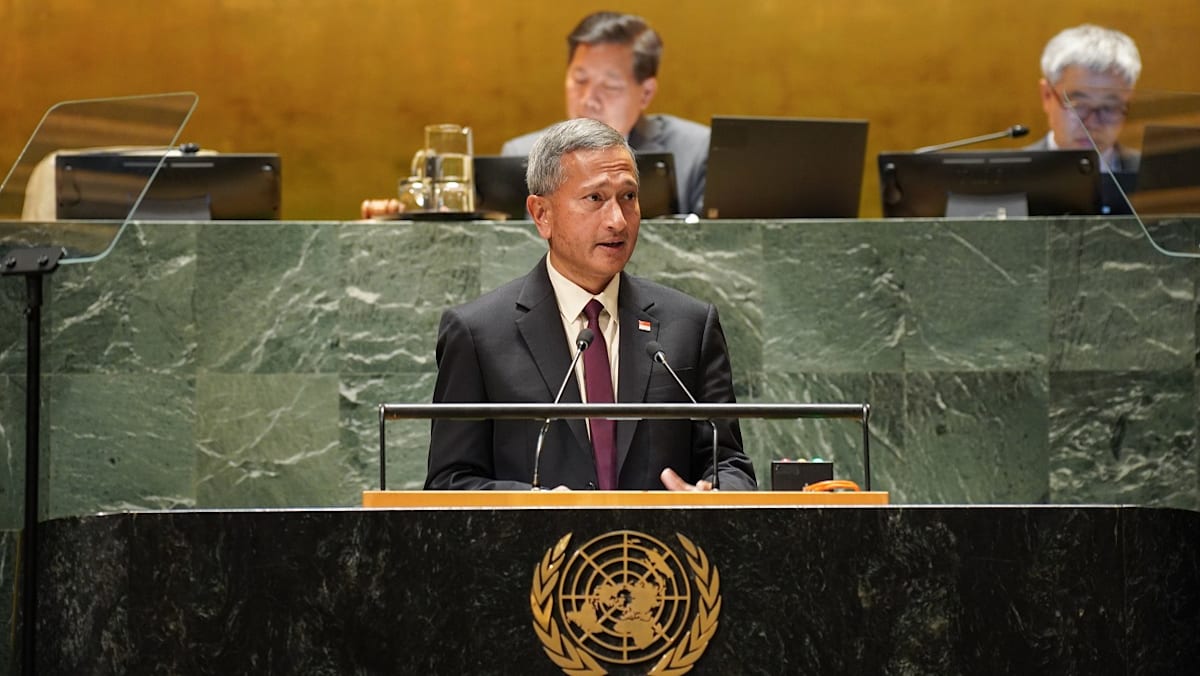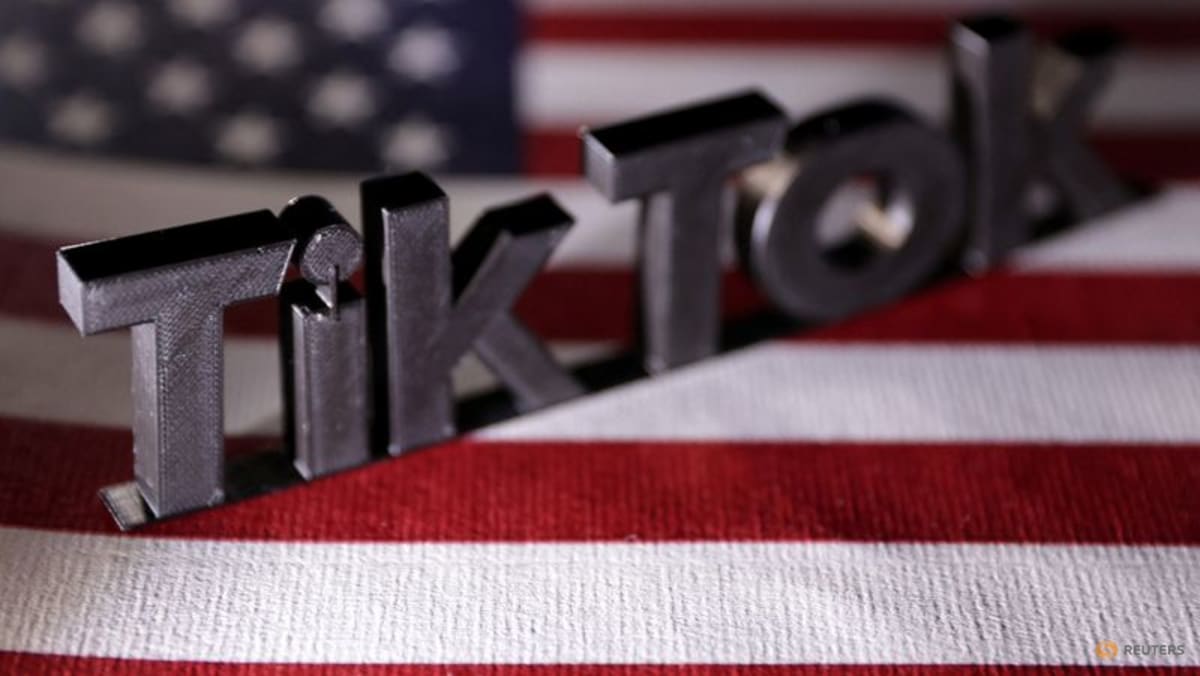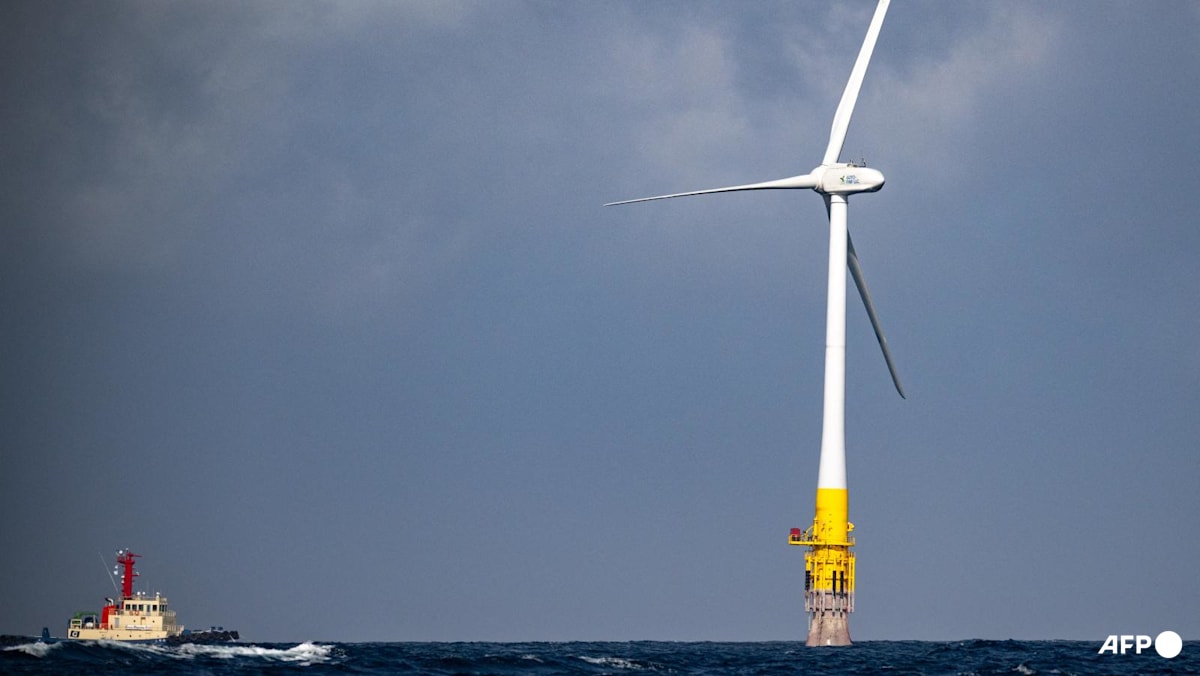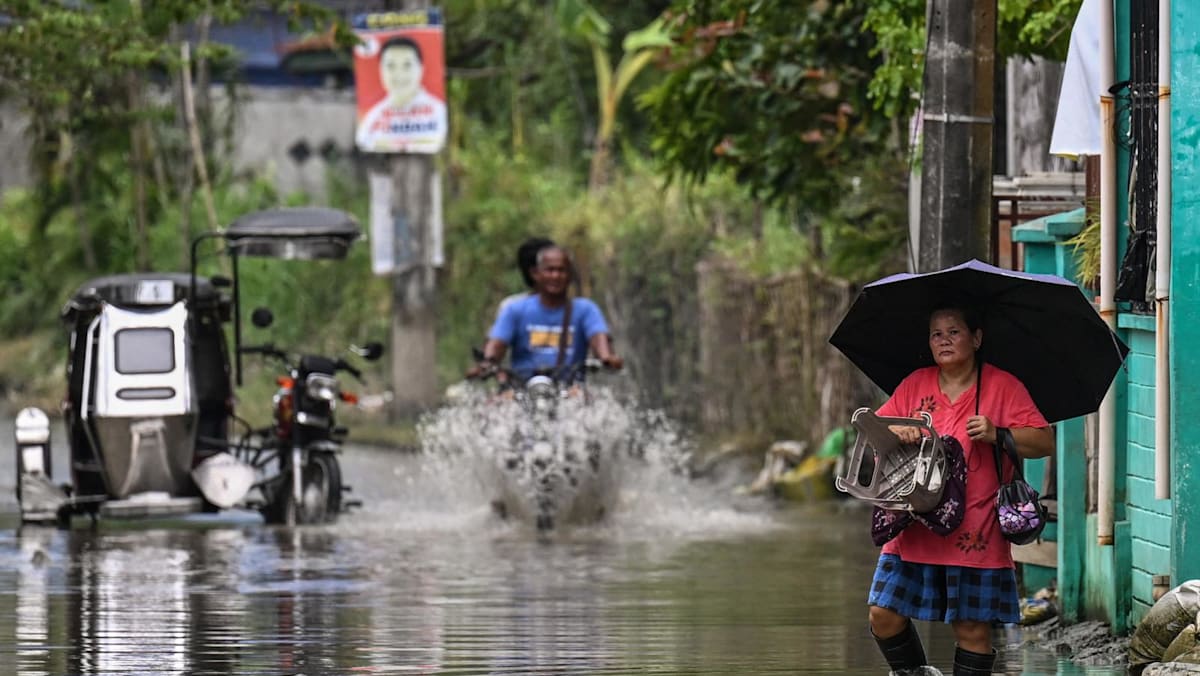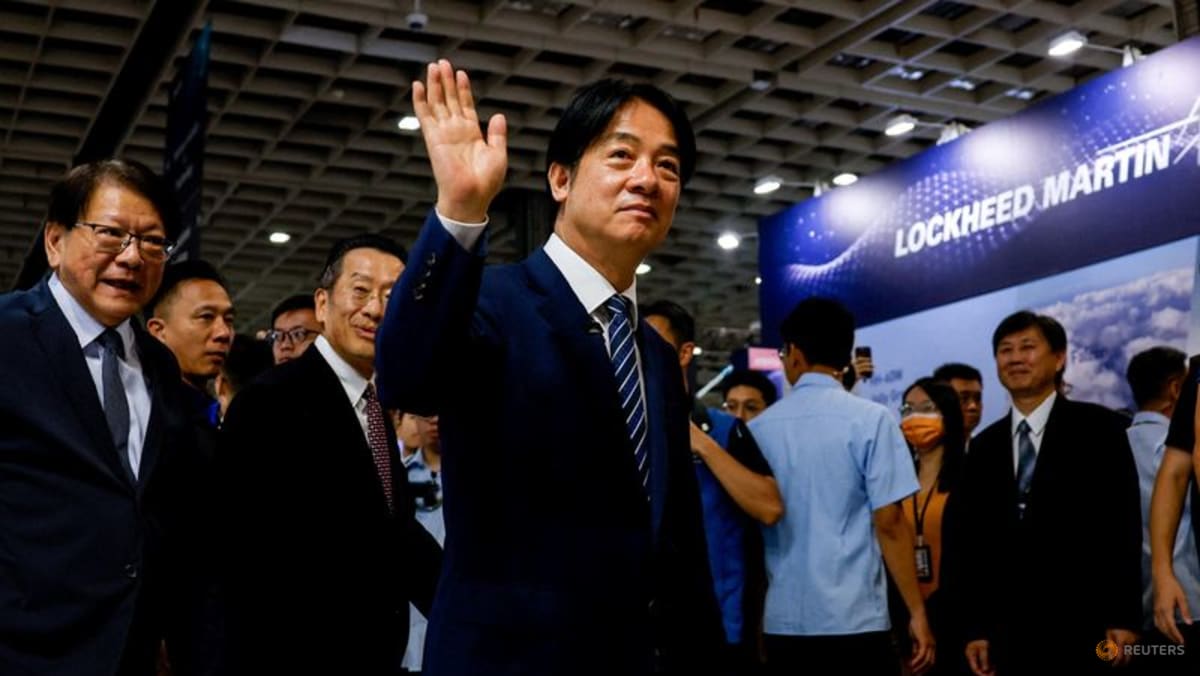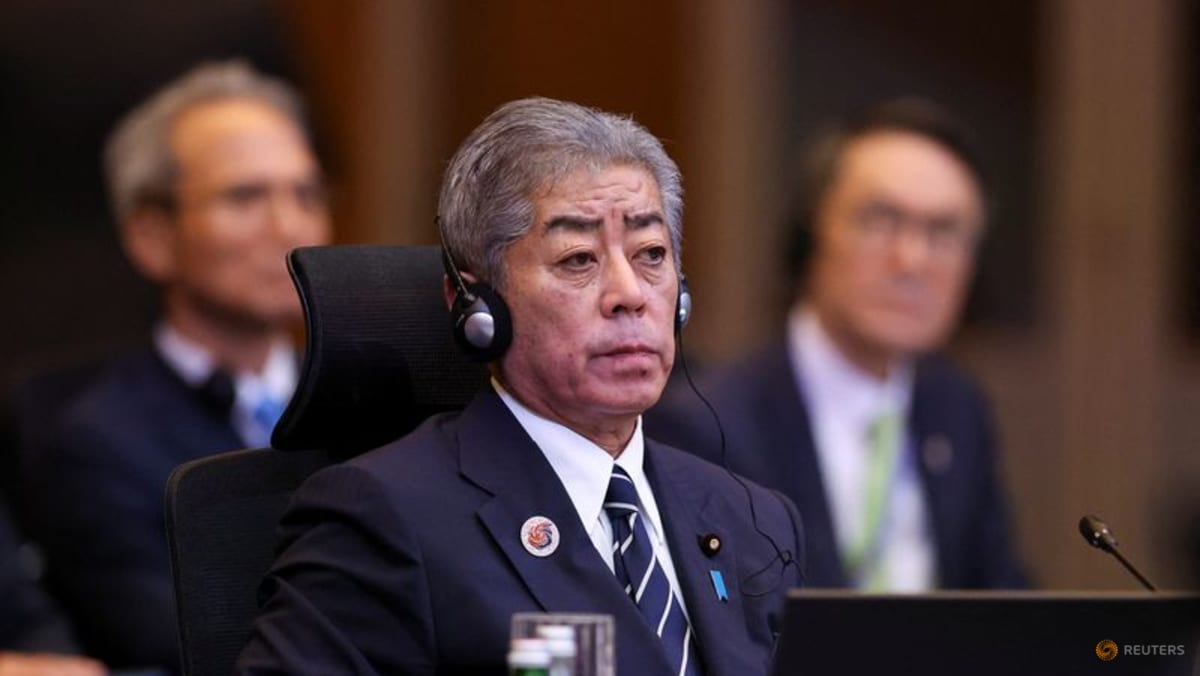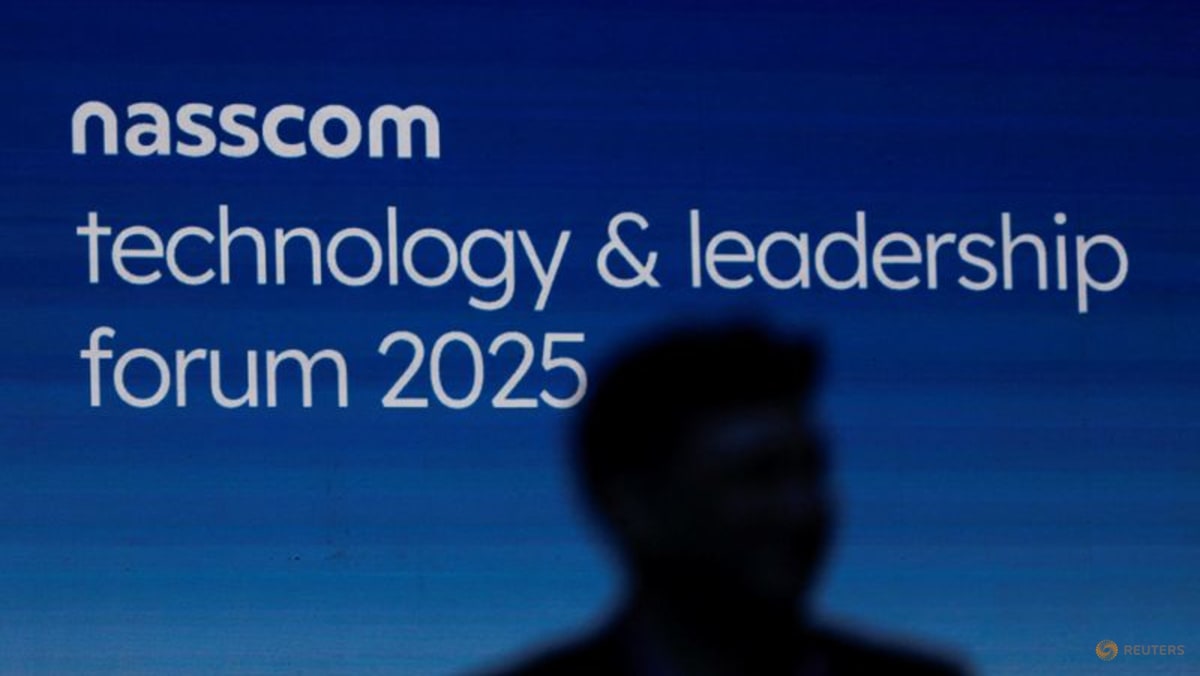Over in Cambodia’s capital Phnom Penh, Ou Virak, the founder of Future Forum, a public policy think tank, said the situation is like returning to the status quo, given Cambodia’s tariff rate is in line with the rest of the region.
“There’s a joke that you don’t need to outrun the bear, you just need to be faster than your friend. We expect the landscape will be similar (to previously),” he said.
The impacts on the garment industry, he expected, will be minimal given the US was unlikely to start producing such goods domestically.
“What is interesting is Cambodia’s concessions on US goods but we hardly buy anything from the US, so there’s nothing major there,” he said, referring to how Cambodia will impose zero tariffs on all American goods.
Meanwhile, former World Trade Organization chief economist Robert Koopma told CNA’s Asia First that the language used around these tariff deals with the US contains “a lot of constructive ambiguity”.
He noted the difference between them and trade agreements, which are usually extremely detailed and have “very specific language”. But the deals made so far have very few details.
He said the deals “allow the US president to declare victory”, while most US trading partners have basically decided not to retaliate to get a relatively lower tariff than what was threatened.
“Both sides of the deal basically get to say, ‘We got something out of this, and it’s yet to be determined exactly what it is, and as time passes, we’ll both interpret the language in the deal in a way that favours us’.”
“(This) likely means more negotiations, more discussions and more uncertainty for trading firms,” added the Hurst senior professorial lecturer at the American University’s School of International Service.
Additional reporting by Jack Board
